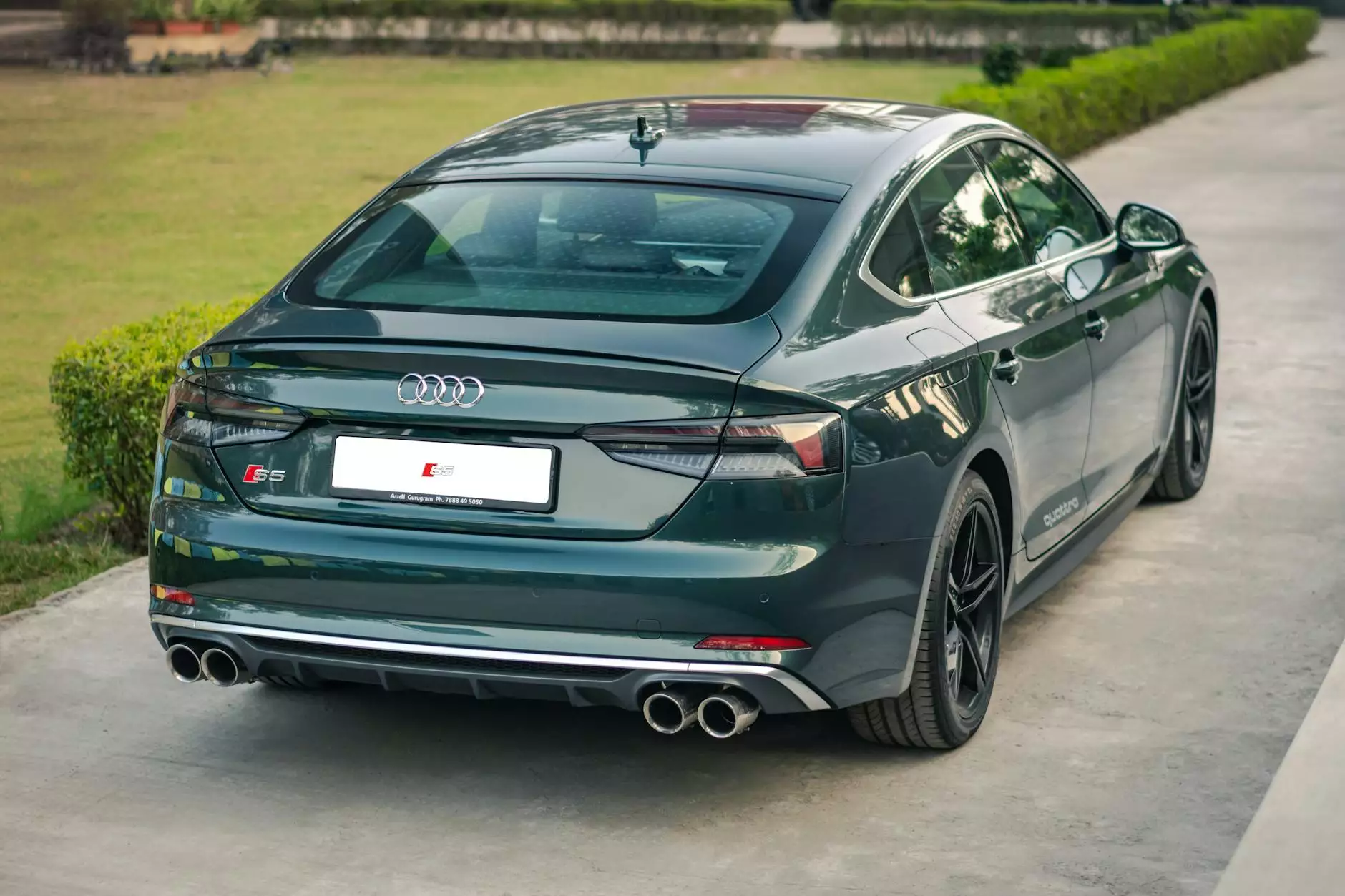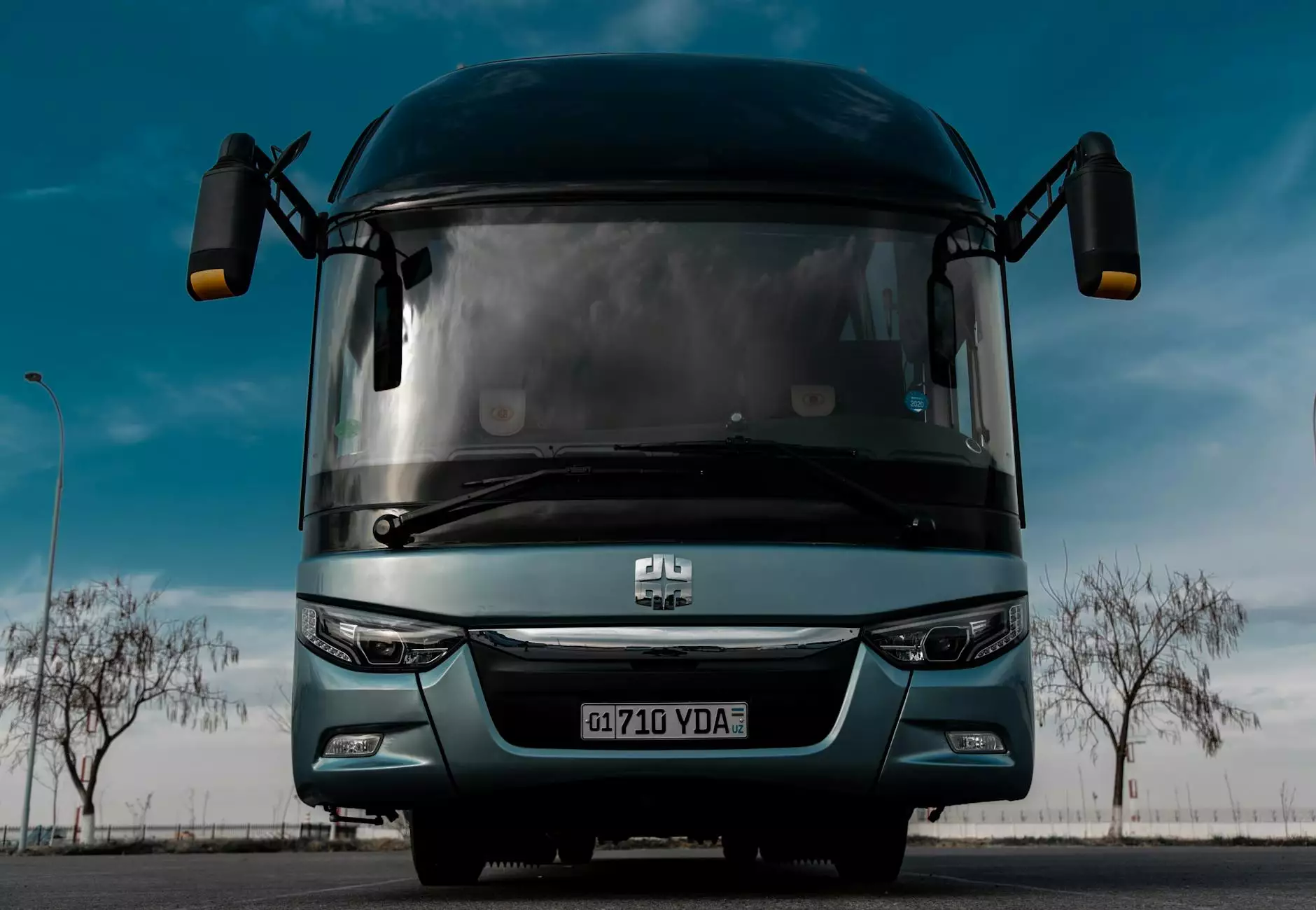Comprehensive Guide to Commercial Exhaust Hood Installation for Enhanced Business Operations

Successful management of foodservice businesses hinges significantly on maintaining a clean, safe, and compliant kitchen environment. A critical component in achieving this standard is the proper installation of commercial exhaust hoods. This comprehensive guide delves into the strategic importance, detailed processes, and essential considerations for commercial exhaust hood installation, empowering restaurant owners, kitchen managers, and facility engineers to optimize their operations with confidence.
Why Commercial Exhaust Hood Installation Is Vital for Your Business
A properly installed commercial exhaust hood has profound implications for your business’s safety, efficiency, and compliance. Here are some key reasons why investing in expert installation is fundamental:
- Enhanced Safety: Eliminates the risk of grease fires and exposure to harmful fumes.
- Improved Air Quality: Proper ventilation maintains optimal indoor air conditions, protecting staff and patrons.
- Regulatory Compliance: Meets strict local building, fire safety, and health codes.
- Energy Efficiency: Correct installation ensures effective ventilation while minimizing energy consumption.
- Operational Longevity: Proper setup prevents premature equipment failure and reduces maintenance costs.
The Critical Aspects of Commercial Exhaust Hood Installation
Executing a successful commercial exhaust hood installation involves meticulous attention to multiple technical and regulatory details. This process expands beyond simply mounting the hood; it requires strategic planning, precise installation, and adherence to safety standards.
Understanding Different Types of Commercial Exhaust Hoods
Before installation, identifying the appropriate hood type for your kitchen is essential. The most common commercial exhaust hoods include:
- Wall-Mount Hoods: Ideal for kitchens with cooking equipment along a wall.
- Island Hoods: Designed for cooking stations located in the center of the kitchen.
- Under-Cabinet Hoods: Compact hoods installed beneath cabinets, suitable for small setups.
- Specialty Hoods: Custom configurations for high-capacity or unique cooking methods, such as pizza ovens or charbroilers.
Preparatory Steps for Optimal Installation
Successful commercial exhaust hood installation starts with thorough preparation:
- Conduct a comprehensive kitchen assessment to understand equipment placement and airflow needs.
- Ensure that the ventilation route complies with local fire and building codes.
- Develop precise installation plans in collaboration with HVAC consultants, fire safety inspectors, and appliance manufacturers.
- Secure necessary permits and approvals before commencement.
Step-by-Step Process for Commercial Exhaust Hood Installation
While each project has unique challenges, the general process includes the following phases executed by trained professionals:
Site Inspection and Measurement
The installation team begins with a detailed site inspection to verify measurements, structural integrity, and compliance. Accurate dimensions ensure the hood fits seamlessly into the kitchen layout.
Structural Support Preparation
Reinforcing wall or ceiling supports may be necessary to bear the weight of heavy commercial hoods. Proper support prevents sagging or failure over time.
Mounting the Exhaust Hood
Expert technicians carefully mount the hood, ensuring it is level, securely fastened, and correctly aligned with cooking appliances to facilitate maximum capture efficiency.
Connecting the Ductwork
The ducting system channels cooking fumes outdoors. The ductwork should be constructed with smooth, corrosion-resistant materials, and installed with minimal bends to maximize airflow efficiency.
Integrating with Ventilation and Fire Suppression Systems
The exhaust system connects to an appropriately rated fan and fire suppression system. Safety devices such as fire extinguishers and automatic suppression systems play crucial roles in compliance and safety.
Testing and Fine-tuning
Post-installation, the system undergoes rigorous testing to verify airflow rates, smoke capture, and electrical safety. Adjustments optimize performance and ensure regulatory adherence.
Key Considerations for a Successful Commercial Exhaust Hood Installation
Beyond the technical steps, consider the following factors to ensure a smooth and successful installation process:
- Compliance with Local Codes: Adherence to NFPA 96, OSHA, and local fire codes is non-negotiable.
- Quality Equipment Selection: Invest in high-quality, UL-listed hoods and components that guarantee durability and safety.
- Proper Ventilation Design: Ensure the ductwork design minimizes heat loss, noise, and maintenance issues.
- Energy Efficiency: Opt for energy-efficient fans and controls to reduce operational costs.
- Professional Expertise: Always engage licensed and experienced contractors specializing in commercial kitchen ventilation systems.
Benefits of Partnering With Expert Providers Like thepkigroup.com
Choosing a reputable company such as thepkigroup.com for your commercial exhaust hood installation ensures:
- Expertise in All Phases — From planning and design to installation and maintenance.
- Compliance Assurance — Navigate complex regulations effortlessly.
- High-Quality Equipment — Access to top brands and reliable components.
- Customized Solutions — Tailored systems that fit your specific kitchen layout and operational needs.
- Post-Installation Support — Maintenance plans, troubleshooting, and upgrades for ongoing efficiency.
Maintaining Your Commercial Exhaust System for Long-Term Efficiency
Once installed, routine maintenance is crucial to preserve performance, prevent hazards, and ensure longevity. Key practices include:
- Regular Cleaning: Grease and debris accumulation in the hood and ductwork can compromise safety and airflow. Schedule professional cleanings at least bi-annually.
- System Inspections: Check for loose fittings, damaged components, and proper functioning of fire suppression systems.
- Airflow Testing: Periodic evaluations to ensure exhaust volume remains within optimal ranges.
- Upgrade Decisions: Modernize components as needed to improve energy efficiency and compliance.
Conclusion: Elevate Your Business with Professional Commercial Exhaust Hood Installation
Investing in professional, high-quality commercial exhaust hood installation is more than just compliance—it’s a strategic move to safeguard your staff, delight your customers, and optimize your kitchen’s performance. A well-designed and expertly installed ventilation system minimizes safety risks, enhances operational efficiency, and upholds your business’s reputation for excellence.
Partnering with trusted providers like thepkigroup.com equips your business with innovative solutions, experienced technicians, and ongoing support necessary for long-term success.
Ensure your commercial kitchen stays at the forefront of safety and efficiency—prioritize professional commercial exhaust hood installation today.









